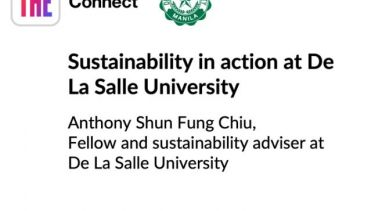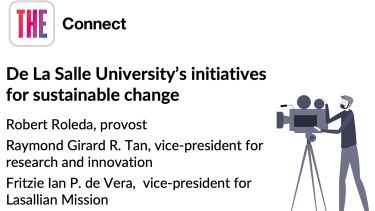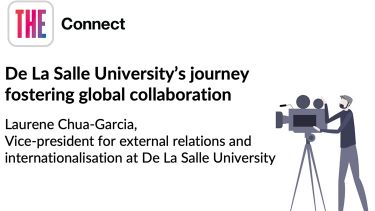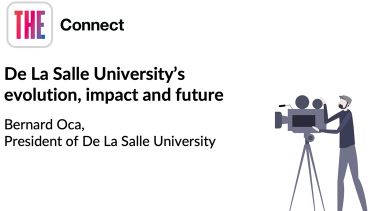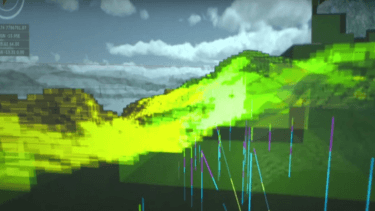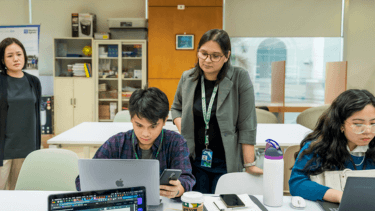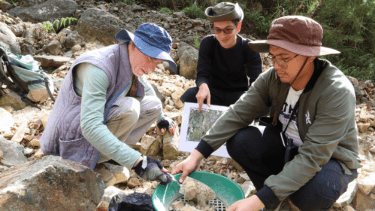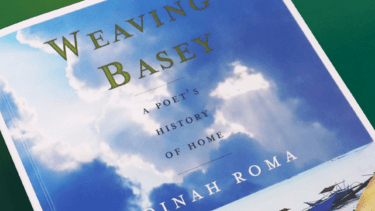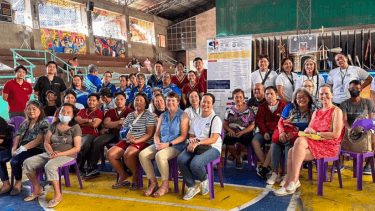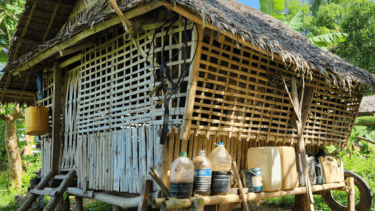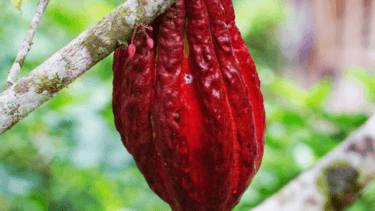
Researchers from De La Salle University’s Br. Alfred Shields FSC Ocean Research Center (DLSU SHORE) have partnered with the International Union for Conservation of Nature (IUCN) to evaluate the extinction risks of stony corals. Their collaborative undertaking offers a direction for the creation of policies and regulations and encourages collective conservation action to sustain corals and marine life.
Contrary to what many people think, corals are animals that build reefs. A coral is composed of a colony of polyps with calcium carbonate skeleton and symbiotic algae that reside in their tissues. These microscopic algae provide food to the corals through photosynthesis, which means that corals also need sunlight in order to grow. Water quality is likewise important for corals; they need clear waters to survive and build reefs.
For many communities living along coastlines, coral reefs are crucial to their livelihood and way of life. As massive geological structures, they provide protection along coastlines against big waves or tsunamis. They are also habitats to a myriad of marine organisms such as invertebrates and fishes. Coral reefs are also carbon sinks that can draw down carbon dioxide (CO2) from the atmosphere.
Recognizing the crucial role of corals in the entire marine ecosystem is why we need to know if they are in peril or close to extinction.
In 2008, the Coral Specialist Group of the International Union for Conservation of Nature (IUCN) conducted the first extinction risk assessment of corals for the Global Red List. To date, IUCN is considered to be the most comprehensive and reliable reference for the extinction risks of animals, plants, and fungi.
It was in 2019 when the IUCN gathered the scientists again and began the second global Red List assessment for corals, and it was done in three installments—the first was in the UK in 2019, then Germany in 2022, and then the Indo-Pacific region in 2023.
Results of the assessment of Atlantic corals reveal that their extinction risk has doubled since 2008, and this is why scientists have begun efforts to raise awareness on this pressing issue.
To work on the assessment of Indo-Pacific corals last year, Dr. Katrina Luzon, a postdoctoral Research Fellow at De La Salle University’s Br. Alfred Shields FSC Ocean Research Center (DLSU SHORE), joined 20 other scientists in Singapore to work on 400 species assessments of corals. The group finalized the assessment recently, and she stressed on the importance of such efforts from a collective standpoint.
Locally, Luzon, together with the team from DLSU SHORE headed by University Fellow and leading marine scientist Dr. Wilfredo Licuanan, has been pushing for a National Red List initiative through the Philippine Aquatic Red List Committee (PARLC) under the National Fisheries Research and Development Institute (NFRDI) of the Bureau of Fisheries and Aquatic Resources (BFAR).
Dubbed as Project TRAIN (Taxonomy and Reef Assessment Methods for Initiating a National Monitoring System), the project seeks to establish a systematic coral reef monitoring system by developing permanent monitoring sites and plots that will be regularly assessed by BFAR personnel-in- charge in the region. Monitoring will be set up in 50 reef sites along 12 coastal regions in the country, which were first surveyed in the National Assessment of Coral Reef Environments (NACRE) program in 2014-2017. To achieve this, the DLSU SHORE team will help develop the capabilities of BFAR personnel to recognize threatened coral species, monitor the state of the reefs, and process the data collected from the monitoring. This will help track population distributions and decline rates in coral cover over time.
While DLSU SHORE is working to make this proposal happen, other campaigns are also taking place, such as the citizen science initiative Philippine Coral Bleaching Watch. “People from all over the country who have been snorkeling or diving can report to the Facebook page of the Philippine Coral Reef Bleaching the extent of the bleaching and what species and growth forms they observe to be bleaching or are starting to bleach,” Luzon says.
The team, with its partner El Nido Resorts, through its sustainability office Ten Knots Group Sustainability, is monitoring a colony of rare and endangered species of coral in one of the resort’s coves in Palawan. The team has placed sensors around the colony to monitor light, temperature, and pH levels in the area, and regularly visits the site to take a series of photographs of the coral to recreate 3D models of the colony and measure growth rate.
“The changes in environmental factors are crucial in determining how they affect the organism...like what are the sensitivities of each coral species,” Luzon says.
Whether it is about giving corals some time off from tourists and other chronic threats or improving water quality to make sure that these marine organisms will have clear water to survive, regulations and concrete collective conservation action need to be set in place so that we can ensure the survival of our whole ecosystem, she adds.
“The impact that we are observing now on coral reefs and the world is the result of our collective actions and choices that we made in the past. We need an effective body of leadership like governments ensuring that our conservation actions are indeed synchronized, complementary, and relevant,” Luzon points out.
Contact: Dr. Katrina Luzon | katrina.luzon@dlsu.edu.ph

